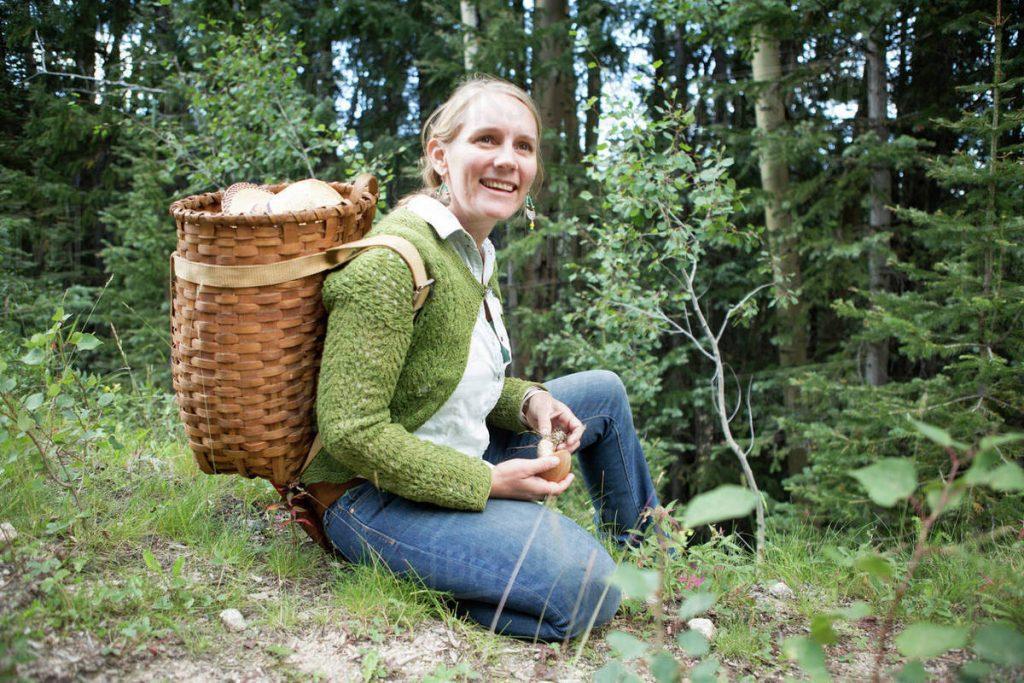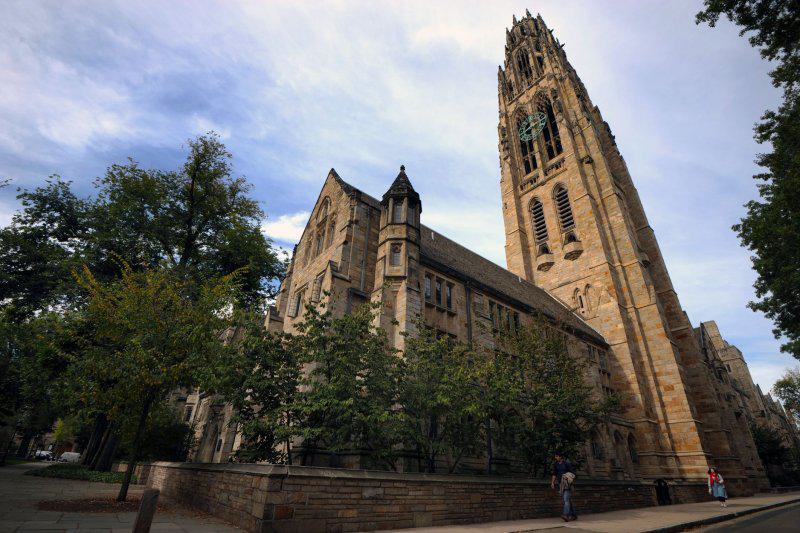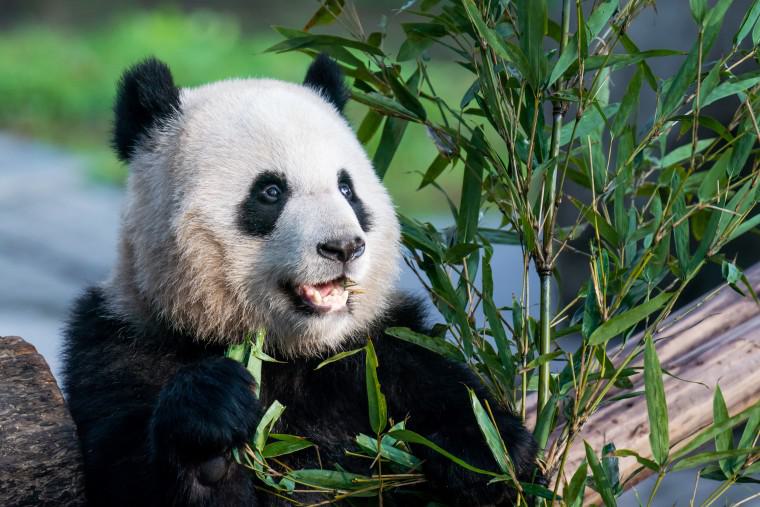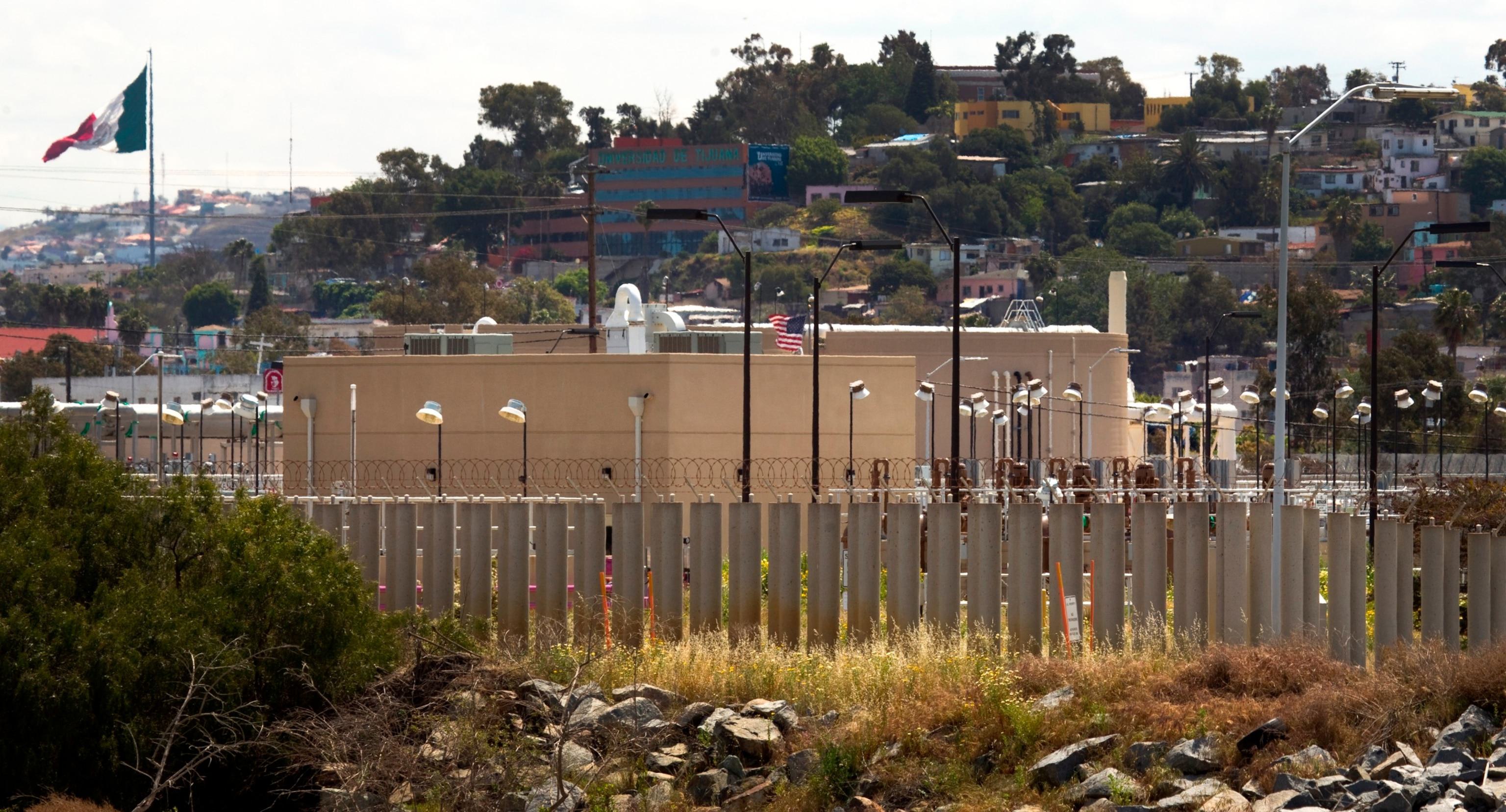Why foraging is getting popular
August 22, 2022 - Reading time: 6 minutes

People around the world are becoming interested in foraging. It is a new movement and becoming a new way to explore a city.
In this video, we are going to show you how Aly, an urban forager and educator from Staten Island, utilizes her neighbourhood to live a sustainable and minimalist life.
Urban foraging is an intimate study and interaction with the living world around us, singling out a flower or a berry, learning its name and properties, what it tastes like, when and where it grows and how to cook it or preserve it.
To Aly, foraging and minimalism have a seamless and built-in relationship.
“Foraging and minimalism go hand-in-hand, foraging is bringing us back to the most primal and natural thing that there is, and that’s what minimalism is trying to do too,” says Aly.
“It’s trying to bring us back to what’s simple, what was primal, and what came first before all of this other stuff complicated our lives.”
After studying sustainability at Arizona State University, Aly became interested in the concept of sustainable food systems, and saw foraging as an essential key to creating more sustainability in the food space.
Why forage?
Plants are all high in nutrients, vitamins, and minerals, far better for you than almost anything you will find at the store, and without pesticides.
Wonder plants can be found growing all over cities and towns, pushing out of the cracks in concrete, climbing a park fence, overhanging a cemetery gateway, and edging a waterway. Once you begin to notice them, you start to see them everywhere.
Foraged foods are increasingly visible. In the fine-dining world, chefs have been crafting menus that are not only sourced locally from agricultural producers but sourced in the regions around a restaurant.
According to a new National Geographic poll, a third of Americans, especially those ages 18-34, say they are preparing more meatless meals because of higher prices and limited meat options at grocery stores.
Did you know that many common wildflowers and weeds can be eaten raw in salads and others can be cooked as greens? Many plants are also medicinal herbs, and we can find them growing in the areas we live in. This is the case all over the world.
With scientists estimating that we’ll need to feed two billion more people by 2050, we wonder which diet is best has taken on new urgency. The foods we choose to eat in the coming decades will have dramatic consequences for the planet.
Instead of looking at futuristic solutions, we might try looking to the past. Before agriculture was established, foraging helped feed our ancestors and heal their ailments.
As a result, researchers are increasing efforts to learn what they can about foraging cultures, such as the Tsimane in the Amazon and the Hadza in Tanzania, before this way of life disappears.
“With foraging, you can practice sustainable minimalism and simplify your life. There are so many plants outside that we’re disregarding as weeds, that we can use to replace so many things that we’re buying in the grocery store,” says Aly
Many plants are also medicinal herbs, and we can find them growing in the areas we live in. It’s hard to dispute the environmental benefits of foraging, but foraging can still be an intimidating practice to undertake.
But as Aly explains, foraging is nowhere near as hard as people think it is. “Foraging is just as easy as learning one plant at a time,” she says. “We all can identify plants, like when we go to the grocery store or a plant shop.”
Aly also ensures that foragers don’t need any of the fancy “survival and bushcraft” gear that people assume is part of the experience. A forager gear normally consists of a recycled jar and a leftover takeout bag or tote bag. “It’s super easy and anyone can get into it.”
While foraging provides Aly with tangible ingredients, it also allows her to connect emotionally with the world around her. “The way foraging makes me feel is probably the thing that keeps me foraging,”
“I feel completely at peace and present when I’m foraging, which I think is absolutely necessary in the world that we’re living in.”
Aly hopes that others will use foraging as a tool for connecting with the natural world, even if it’s just a way to spark an initial interest in sustainable living.
“Nature is good for us and we need nature, no matter how much we think that we don’t”
“I think using our senses to get connected with wild edible plants around us can make us feel invested in protecting our local green spaces.”
Foragers in the US are spoiled with mulberry in Pennsylvania, loquats and kumquats in California, apples, pears, and plums in Wisconsin.
Foraging can be both superlative and extreme. Florida-based environmentalist Rob Greenfield spent a year foraging or growing everything he ate, from grapefruit plucked from a neighbouring tree to daikon radish cultivated in his garden.
And foraging is good for your wallet too. You can save up to 30 per cent on your food budget by picking wild vegetables instead of buying them at the supermarket. Of course, you can’t guarantee that you will find edible plants every week, but cutting some of your costs is always a bonus.

DW Staff
David Lintott is the Editor-in-Chief, leading our team of talented freelance journalists. He specializes in covering culture, sport, and society. Originally from the decaying seaside town of Eastbourne, he attributes his insightful world-weariness to his roots in this unique setting.




